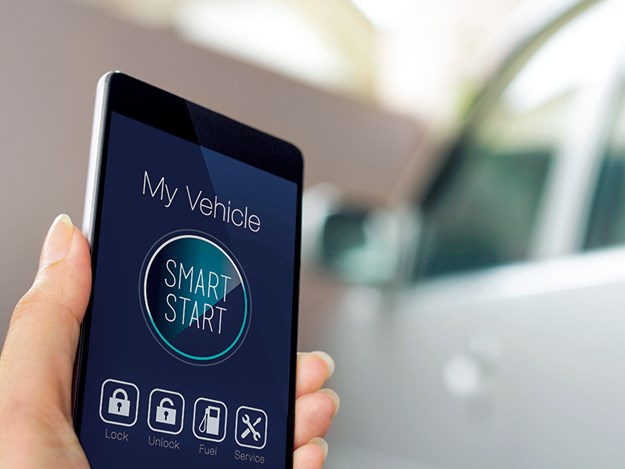
Take delivery of a new car today and you will find yourself spending more than a few minutes with a techie learning how to work the car key, or ‘smart key’ to be precise. Quite likely it won’t be a key as we know it; it could be a card, or even a smartphone.
Tesla led the way as regards smartphones replacing the separate physical key, and other car manufacturers have followed suit. Ford, for instance have their version, ‘FordPass Connect’, that allows the driver to start the heater, check the fuel, lock/unlock and start the vehicle without being near the vehicle. It is a far cry from how things were done 120 years ago when motoring was in its infancy.
Back then security wasn’t such an issue. Cars were expensive and most were owned by the wealthy. Penalties for stealing from rich folk were severe and probably enough of a deterrent. And to steal a car, it had to be started, not an easy thing to do. It was a multi-step procedure best left to a trained professional, known today as the chauffeur.
As car numbers increased, their starting procedure was simplified and theft became an issue. To counter the problem, around 1911, Bosch introduced rotary ignition switches with a key that locked them in the off position. This key, known as the ‘ignition key’, just turned the ignition circuit on and off – it didn’t start the vehicle. Starter motors were rare. Vehicles still needed to be crank-handle started.
Most cars of this era had soft tops or no tops at all. Personal items of value weren’t left lying about on the seats or the floor so cars didn’t need to be locked up.
Within 10 years this changed. By 1920 cars were built with closed bodies that needed to be secure when the car was left unattended. Locks were introduced on car doors. Usually the driver’s door was locked with a key from the outside after the others doors had been locked from inside. The door key was separate from the ignition key.
By 1920 most cars were fitted with electric starter motors, Cadillac led the way in 1911, with Henry Ford bringing up the rear in 1919. Now, once the ignition key was turned on, the car started with the press of a starter button, making security much more important. But security-wise, the two key security system prevailed for the next 50 years.
A major improvement occurred in 1940 when Chrysler introduced an ignition key that was also a starter key, eliminating the starter button, but it was not until the late 1960s that most cars had a single ignition key that also unlocked the vehicle, bringing down the curtain on the two-key system of security.
Central locking systems first appeared in the mid-1990s. When the driver’s door was locked/unlocked the boot and other doors were also locked/unlocked, eliminating the need to lock/unlock each door individually. By the end of the 1990s most car manufacturers had adopted this feature. But the most significant car security improvement was about to be launched.
Police forces and insurance companies around the world were lobbying for improved vehicle security systems to combat car theft that was costing them both enormous amounts of time and money. The introduction of the transponder key in the late 1990s answered their cries for help.
The body of the transponder key, the ‘fob’, is fitted with a chip that communicates directly with the car’s computer, allowing the motor to start. The communication is shortrange wireless that also unlocks the car’s boot and all the doors. As the doors unlock, the indicator lights flash a number of times advising the driver the doors are unlocked. The lights flashing also helps locate the car. Some systems operate the car alarm if the driver needs emergency assistance.
The latest transponder key version is the Proximity key. This key just needs to be close to the car to lock or unlock the doors, and once inside the car it activates the ignition system, allowing the starter button to start the engine.
Seems like we were almost back to where we started, and then came the smart key/smartphone. What next?
Find motorhomes, caravans and RVs for sale in NZ





